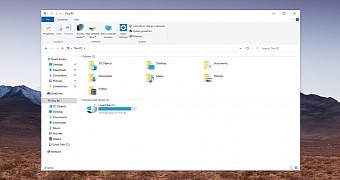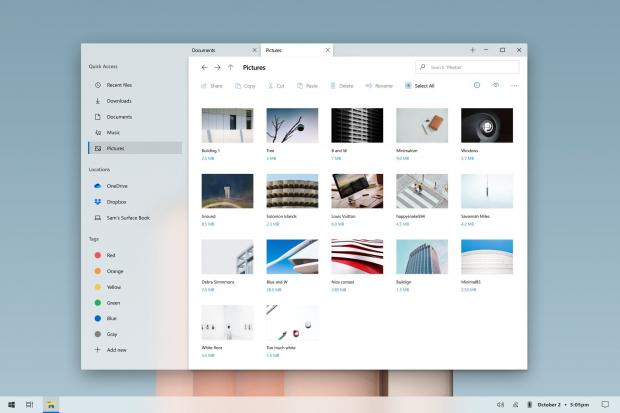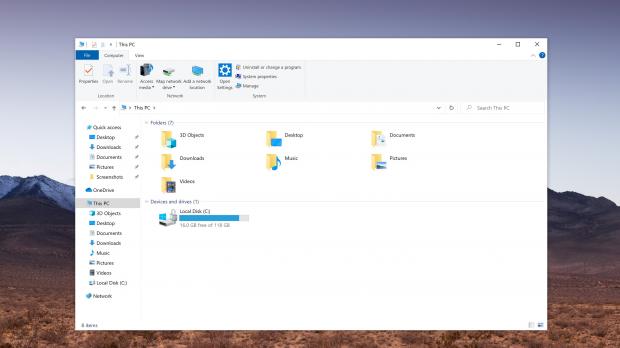If you’re part of the Windows Insider program, you probably agree with me when I say that Microsoft is working hard on improving Windows 10 in a way that makes the operating system feel more modern from one end to another.
Whether or not the company manages to do this is something that’s totally debatable, but at the end of the way, there’s no doubt that all this work makes total sense.
And it’s because Windows 10 was supposed to be a modern operating system from the very beginning. This is why it comes with an app store, a digital assistant, and an Action Center, and so many other new-generation features that weren’t offered on Windows 7.
A modern experience on a modern operating system would keep Windows 10 an essential part of Microsoft’s software arsenal and secure its leading spot in the global OS market share trends.
In the last couple of years, Microsoft has gradually modernized several parts of its operating system – most recently, the software giant released a new icon pack that includes fresh designs for Microsoft Office and the pre-loaded Windows 10 apps.
But on the other hand, there’s one thing that has until now been left behind, with essential updates still nowhere to be seen. And the worse part is that this is an integral part of the Windows 10 experience.
File Explorer, which continues to be the default file manager in Windows 10, has indeed received a dark mode and a few other improvements in the recent feature updates, but other than that, the refinements that everybody is hoping for are still nowhere to be seen.
There are basically two things that File Explorer deserves in Windows 10.
The first one is a modern look that aligns with the fresh direction that the OS itself has embraced. File Explorer still retains the legacy Windows interface, and despite Microsoft suggesting at some point that a modern version was on its way, this highly anticipated overhaul is still nowhere to be seen.
File Explorer just needs the Fluent Design treatment in Windows 10, and there are so many concepts out there that envision what the whole thing would look like. Microsoft, on the other hand, sticks with the same UI, which indeed serves its purpose right but doesn’t align with the Windows 10 modern facelift overall.
The second one is support for tabs. Essentially a feature that would make File Explorer so much more useful because users would be able to work with multiple folders at the same time in the same window, tabs have long been the most requested update for the file manager.
At one point, Microsoft even planned to make tabs happen in Windows, only that the company didn’t just want to bring them to File Explorer but to all apps in the operating system. This modern experience was powered by a new feature called Sets and which was based on Microsoft Edge legacy. And given the browser was eventually replaced by its Chromium sibling, the Sets feature was abandoned too, with Microsoft suggesting that it would return at some point.
Both the Fluent Design overhaul and the support for tabs are updates that Microsoft promised would happen at some point but which are yet to see daylight, despite Windows 10 already being no less than five years old. During this whole time, File Explorer has remained largely the same, despite being one of the apps that everybody uses on a daily basis.
Microsoft is changing how it updates Windows 10, with one feature update to be released per year, so if you’re hoping to see File Explorer getting a modern overhaul, there’s a chance we might have to wait longer than we initially hoped for the whole thing.

 14 DAY TRIAL //
14 DAY TRIAL // 

